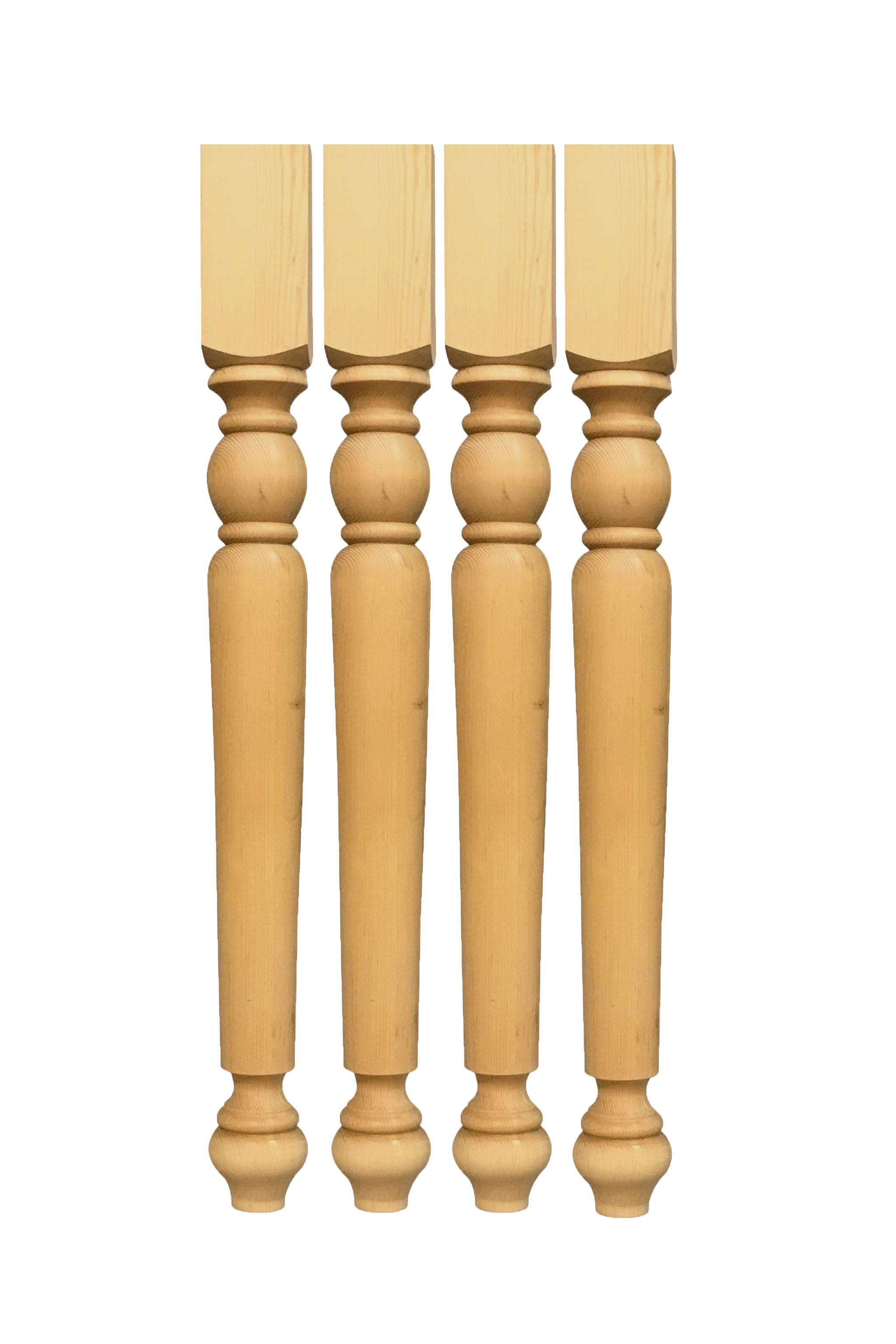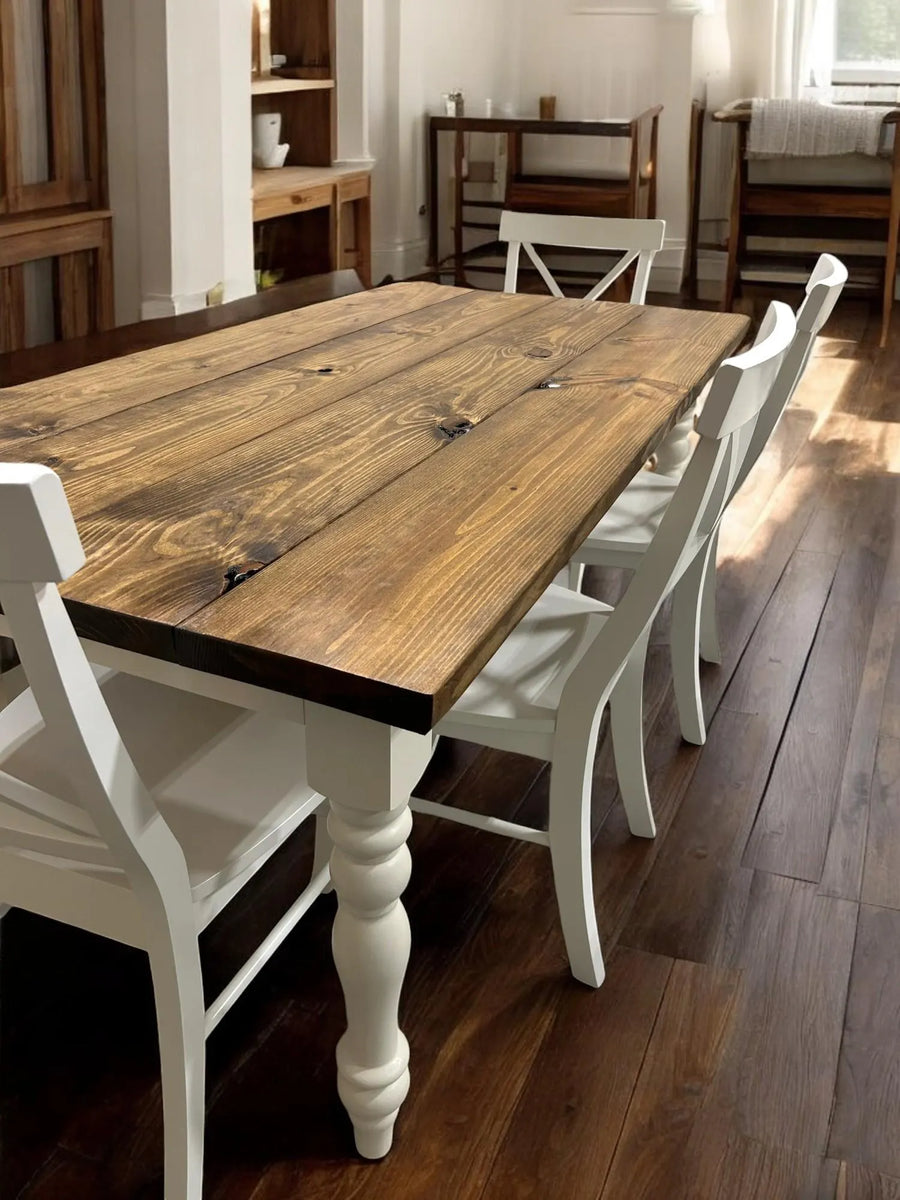Bring Heat and Character to Your Space with Dining Table Legs Wood
Bring Heat and Character to Your Space with Dining Table Legs Wood
Blog Article
Discovering the Various Sorts Of Dining Table Legs Timber for Your Eating Space
The choice of dining table legs timber can greatly impact both the functional and aesthetic top qualities of your eating space. Strong wood choices, such as oak and walnut, supply a timeless look with unrivaled durability, while engineered wood options use cutting-edge layouts that mimic the richness of natural grains.
Solid Wood Options

Unlike crafted products, solid wood is less prone to warping and damage over time when effectively kept. Each item of strong timber is special, showcasing specific features that include to the beauty and personality of the eating table.
Furthermore, solid wood can be finished in numerous ways, varying from all-natural oils to tarnished coatings, permitting home owners to individualize their furnishings to match their decoration. In summary, selecting strong timber for dining table legs not only ensures architectural honesty however likewise enhances the aesthetic charm of the dining area, making it a rewarding financial investment for any type of home.
Engineered Wood Alternatives

Plywood, created from multiple layers of wood veneer, is particularly strong and stable, making it a superb choice for dining table legs. Its split composition allows it to stand up to changes in moisture and temperature far better than typical solid wood. MDF, on the other hand, offers a smooth surface area for painting or veneering, enabling designers to achieve a sleek appearance while preserving structural integrity.
When choosing engineered timber options, it is necessary to consider the intended usage and preferred aesthetic. These products not only improve the capability of eating rooms yet also allow for higher design versatility, making certain that traditional and contemporary designs can coexist harmoniously.
Reclaimed Timber Includes
Reclaimed timber uses an one-of-a-kind mix of sustainability and character, making it a progressively popular selection for dining table legs. Sourced from old barns, factories, and various other frameworks, redeemed timber personifies a background that brand-new materials simply can not duplicate. Each item carries its very own story, noted by unique flaws, knots, and varying grain patterns, which add to a table's unique visual charm.
Along with its visual charm, reclaimed wood is an ecologically pleasant alternative. By repurposing previously used products, it lowers the need for new lumber, thus helping to preserve forests and decrease waste. This lines up with a growing customer choice for lasting practices in decor.
In addition, reclaimed wood is frequently much more long lasting than recently harvested wood because of its age. The all-natural drying procedure that reclaimed timber undergoes cause a denser and more powerful material, making it much less prone to warping and splitting. This boosts the long life of dining tables, enabling them to endure the roughness of daily usage.
Softwood vs. Hardwood
When choosing dining table legs, comprehending the distinctions in between softwood and wood is vital for achieving both practical and visual goals. Softwoods, originated from coniferous trees, such as yearn and cedar, are characterized by their lighter weight and simplicity of adjustment. They generally display a more rustic look, making them appropriate for informal or country-style dining rooms. Softwoods are typically much less long lasting than hardwoods, which can be a factor to consider for family members or those seeking long life in their furnishings.
On the other hand, woods, sourced from deciduous trees like cherry, maple, and oak, are renowned for their density, strength, and durability. The intricate grain patterns and rich colors of woods provide a timeless and advanced allure, making them suitable for official dining settings. While hardwoods often tend to be extra pricey and heavier, their strength versus deterioration commonly validates the financial investment.
Eventually, the choice between softwood and wood for eating table legs need to line up with your style vision, usage demands, and spending plan, making certain that your eating space reflects your individual style while remaining useful with time.

Therapies and coatings
The visual allure and long life of dining table legs can be considerably improved through various finishes and treatments. These procedures not just secure the wood from damages but also raise its appearance, allowing it to enhance varied indoor styles.
One common treatment is staining, which passes through the timber and improves its natural grain while including shade. Spots offer a rich, elegant appearance, making it possible for house owners to match their furniture with existing design. Conversely, clear finishes such as polyurethane or varnish develop a protective layer without altering the timber's original hue, making certain durability versus deterioration.
Additionally, all-natural oils, like tung or linseed oil, nourish the timber and provide a refined shine, all while being eco-friendly. These oils allow the surface area to breathe, protecting against dampness buildup and prospective warping.
For those looking for a rustic appeal, weathered or distressed coatings can be put on produce an aged look, adding personality to the piece. Ultimately, the option of therapies and surfaces relies on personal choice, desired appearances, and the certain wood type, go to this web-site making it essential to think about these factors when choosing eating table legs for your space.
Final Thought
Finally, the choice of table leg materials dramatically influences both the aesthetic and useful elements of an eating space. Solid timbers, crafted choices, and reclaimed choices each deal distinctive advantages, catering to numerous choices and needs. Understanding the differences in between softwoods and woods, along with proper coatings and treatments, allows for educated decision-making. Ultimately, the option of wood kind should line up with wanted design, resilience, and ecological considerations, improving the general eating experience.
The option of dining table legs wood can profoundly impact both the practical and visual high qualities of your dining space - Dining Table Legs Wood. Strong timber choices, such as oak and walnut, give a classic look with unmatched durability, while engineered wood alternatives offer cutting-edge layouts that simulate the richness of natural grains. Strong wood offers a timeless top quality that can raise the overall layout of an eating area. Each piece of strong wood Resources is unique, showcasing specific attributes that add to the beauty and personality of the dining table
Furthermore, reclaimed timber is typically much more durable than you could try here freshly gathered timber due to its age.
Report this page